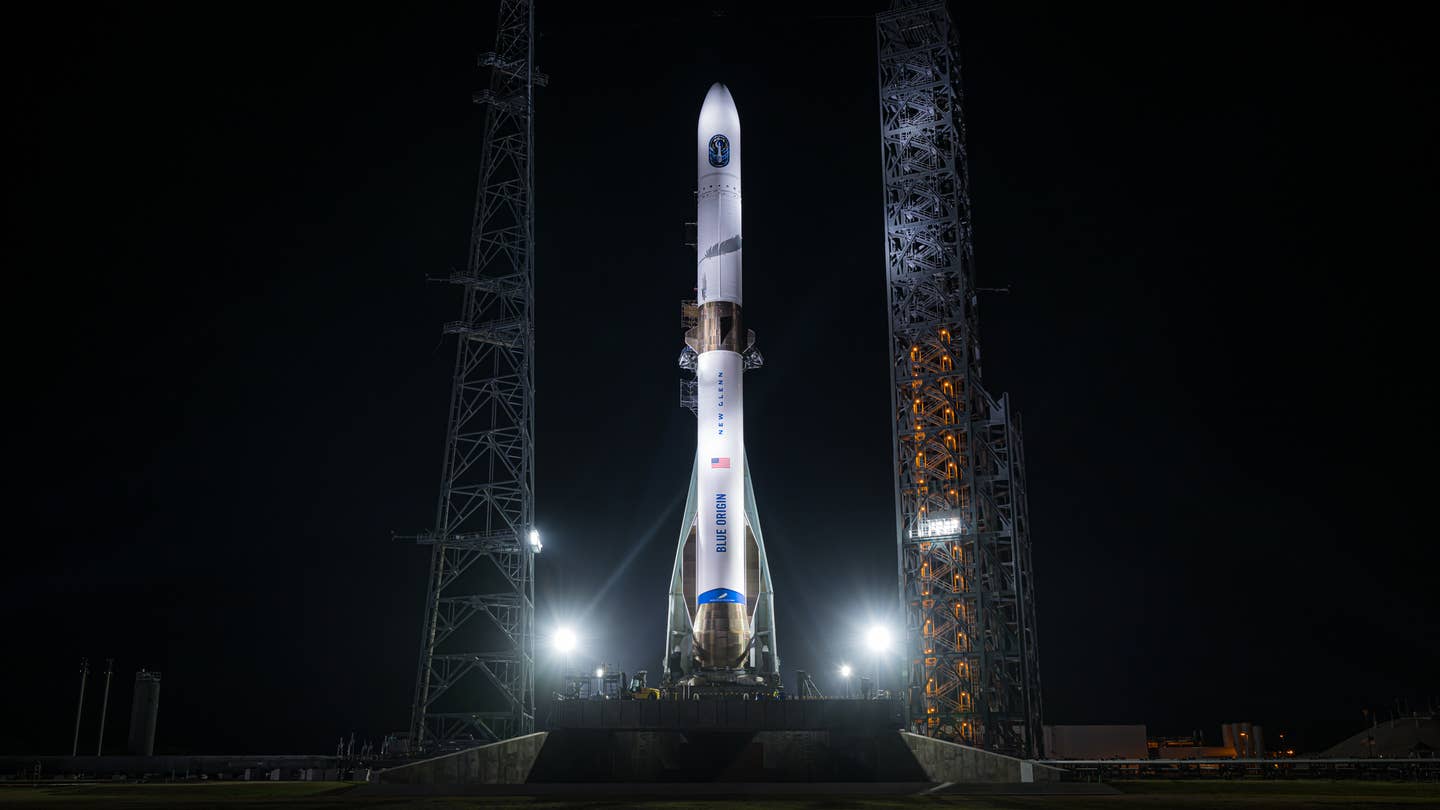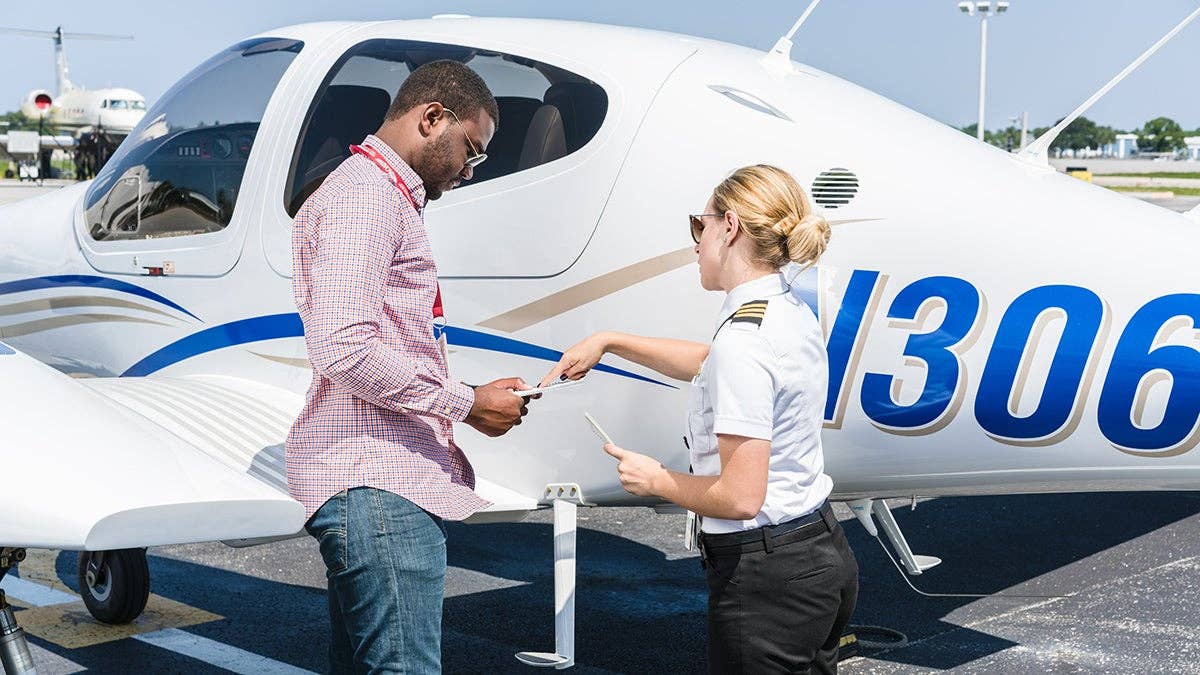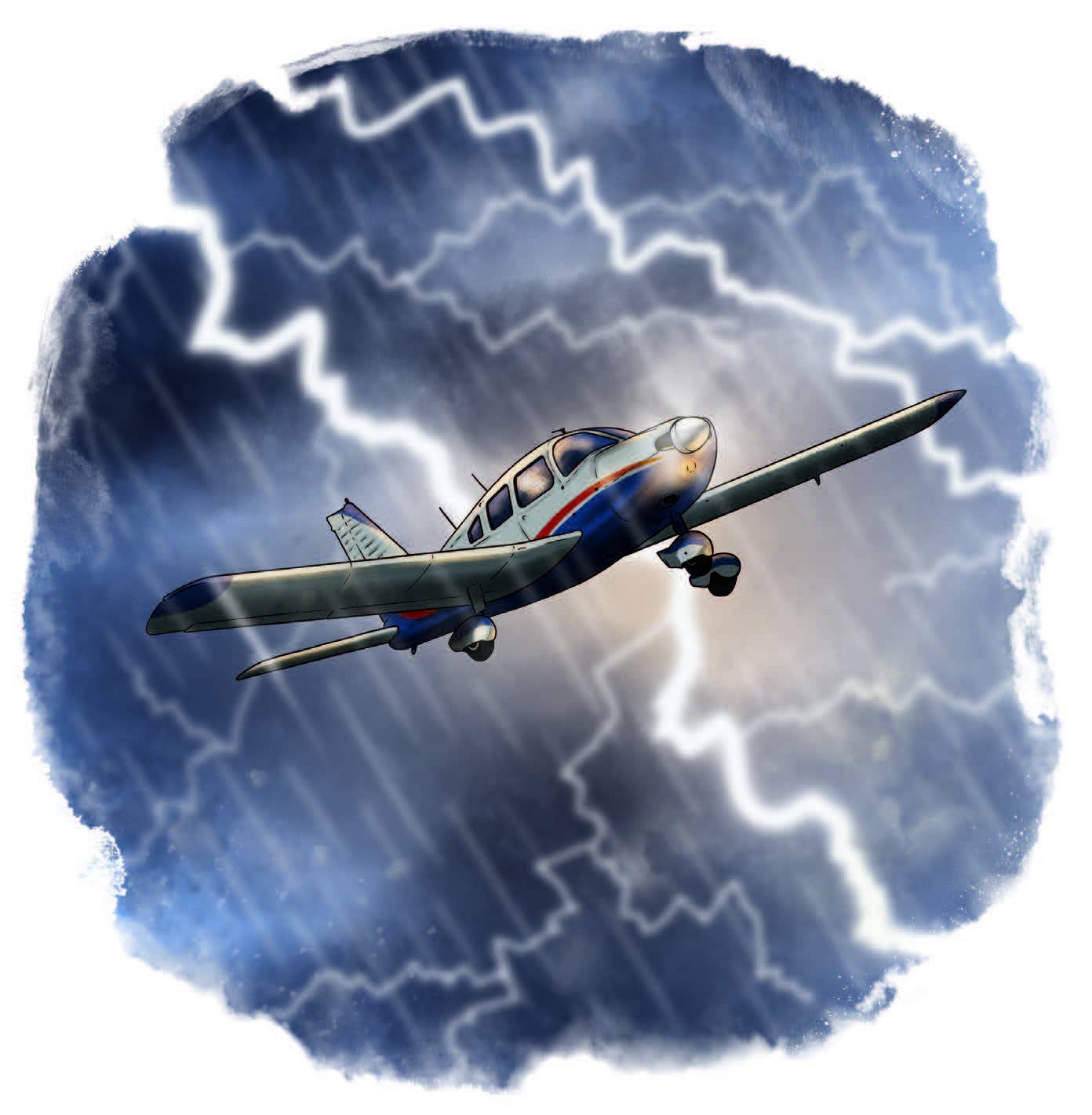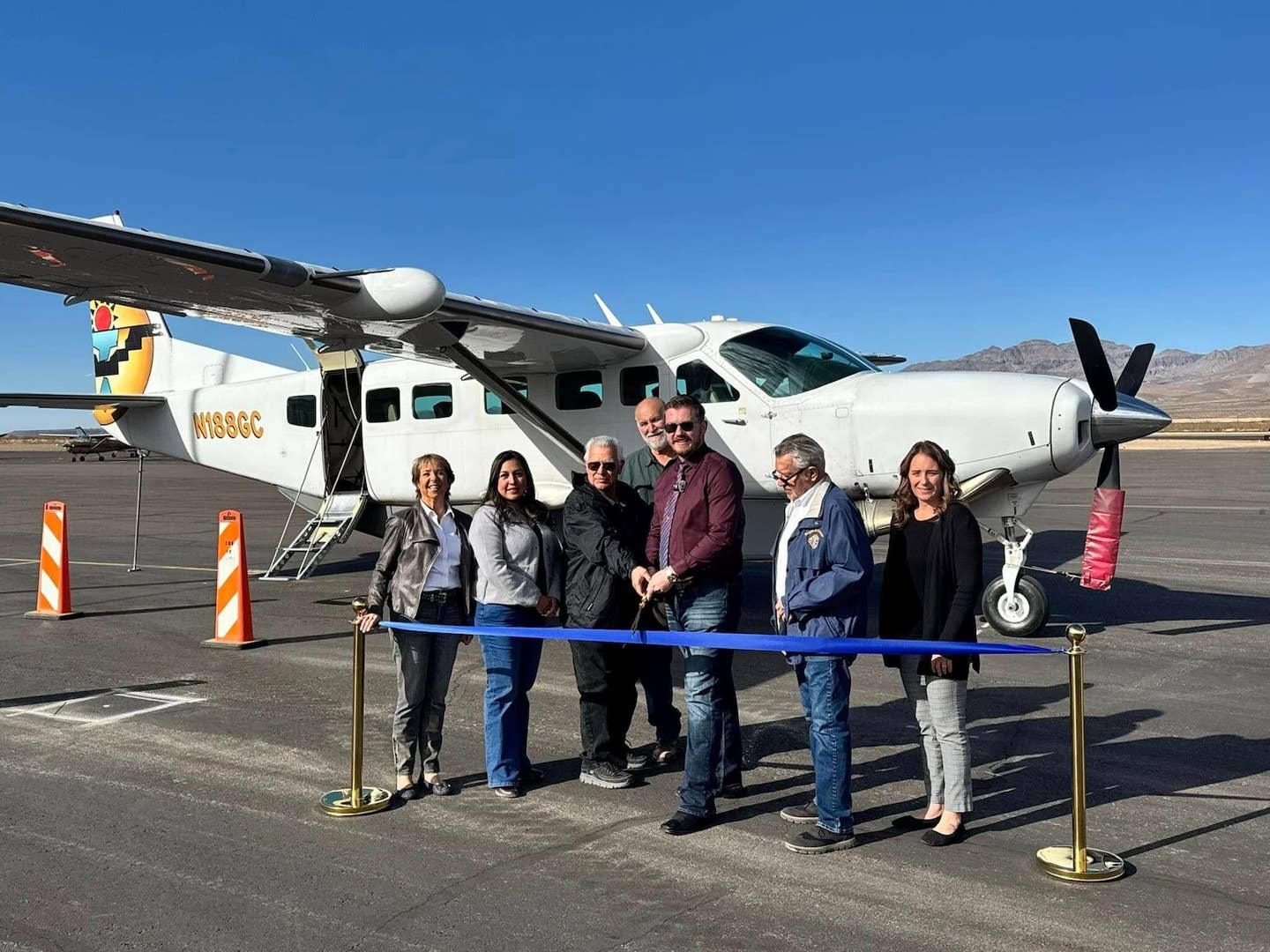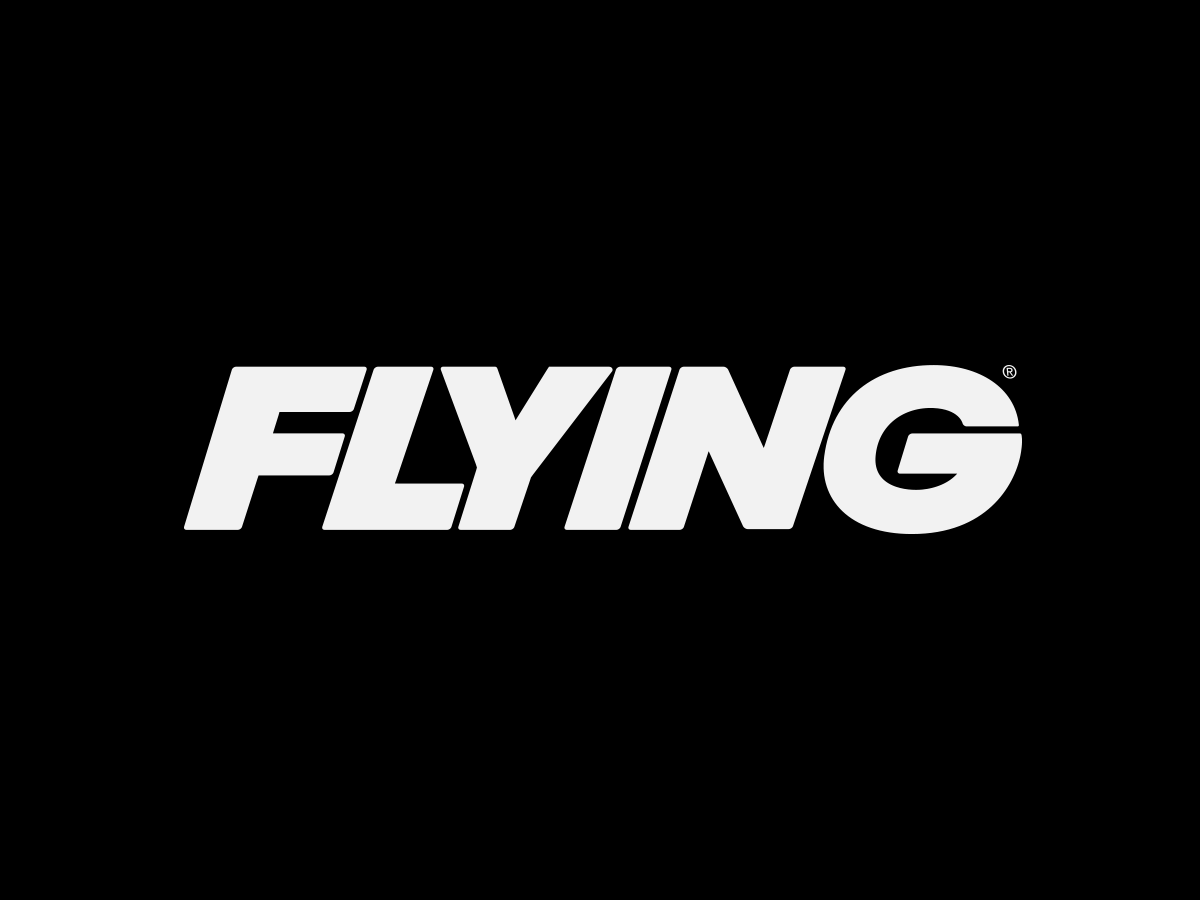
An existing FAA airspace working group has met and will make recommendations to improve safety within the Hudson River VFR corridor. Among possible changes, the group could recommend making it mandatory to monitor the advisory frequency and report entering and leaving the airspace. Other good practices that are now voluntary could become mandatory. Currently, a NOTAM advises pilots to use dedicated radio frequencies, turn on their lights, announce their entry into the airspace and keep speeds below 140 knots. Some have suggested that fixed-wing aircraft fly near the 1,100-foot ceiling of the corridor and helicopters fly at lower altitudes. That used to be the common practice, but in the last few years, helicopter tour operators have agreed to fly at the same altitude as fixed-wing aircraft as a concession to noise complaints. Coincidentally, the same working group has addressed a proposed FAA Class Bravo airspace redesign in New York that would both expand and lower the outer rings of the 'inverted wedding cake.' Critics among general aviation representatives have complained that the plan would further constrict VFR airspace, forcing more VFR traffic to fly lower - and within more confined airspace.

Sign-up for newsletters & special offers!
Get the latest FLYING stories & special offers delivered directly to your inbox



